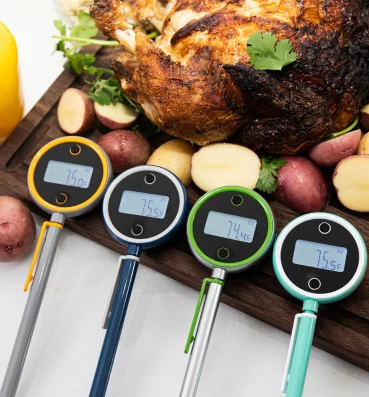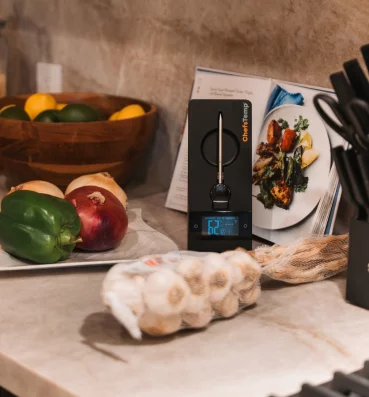Substances with very low emissivity ratings, like highly-polished metals, tend to be very reflective of ambient infrared energy and less effective at emitting their own electromagnetic waves. For example, if you were to point an infrared thermometer with fixed emissivity at a stainless steel pot, the reading will be incorrect because shiny metal is better at reflecting the ambient radiation of the room than it is at emitting its own infrared radiation.
Some infrared thermometers have fixed emissivity settings (usually of 0.95 or 0.97) to simplify their operation while leaving them suitable for most organic materials, including almost all foods. Other infrared thermometers come with adjustable emissivity settings, so you can more accurately prepare your thermometer for the type of surface being measured, particularly when measuring non-organic materials.









Leave A Comment
You must be logged in to post a comment.